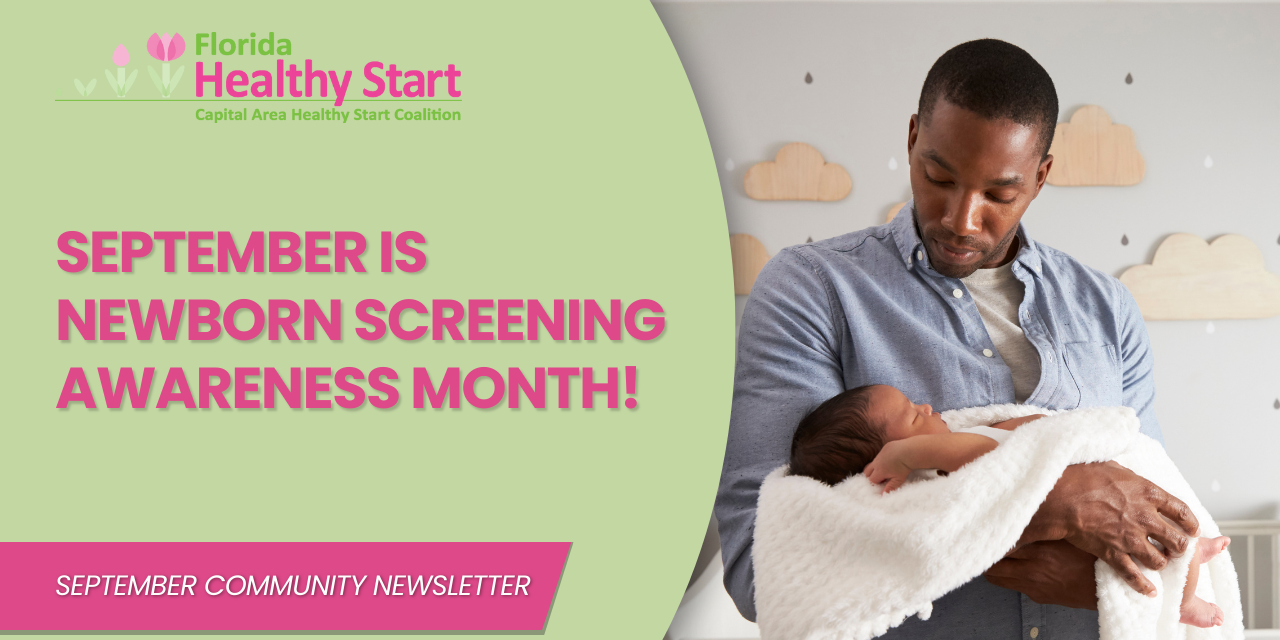Did you know almost 3.66 million babies were born in the United States last year? Thankfully, all were required to receive screening tests before leaving the hospital. These tests were first introduced in 1963, when Dr. Robert Gutherie published a paper – A Simple Phenylalanine Method for Detecting Phenylketonuria in Large Populations of Newborn Infants. For the first time in history, newborns could be tested and treated before they developed symptoms.
After the benefits of the newborn screening test became well known, nearly every state in the U.S made them mandatory. Today, all 50 states, the District of Columbia, and the Commonwealth of Puerto Rico have newborn screening programs. Each year, we continue to observe this holiday to help raise awareness about the importance of newborn screening and to educated new and expecting parents on what to expect from newborn screening.
Here are 4 FACTS you need to know about Newborn Screening:
- Newborn screening helps identify serious but rare health conditions at birth.
- Most newborn screening test results are normal, but health conditions that are found early with newborn screening often can be treated.
- Test are normally taken when the baby is 1 to 2 days old.
- Early treatment is important, because it may help prevent more serious health problems for your baby.
3 parts to newborn screening:
- Blood test. Most newborn screening is done with a blood test. A health care provider pricks your baby’s heel to get a few drops of blood and collects the blood on a special paper and sends it to a lab for testing.
- Hearing screening. This test checks for hearing loss. For this test, your provider places tiny earphones in your baby’s ears and uses special computers to check how your baby responds to sound.
- Heart screening. This test is used to screen babies for a group of heart conditions called critical congenital heart defects (also called critical CHDs or CCHDs). It uses a simple test called pulse oximetry that checks the amount of oxygen in your baby’s blood by using a pulse oximeter machine and sensors placed on your baby’s skin.







